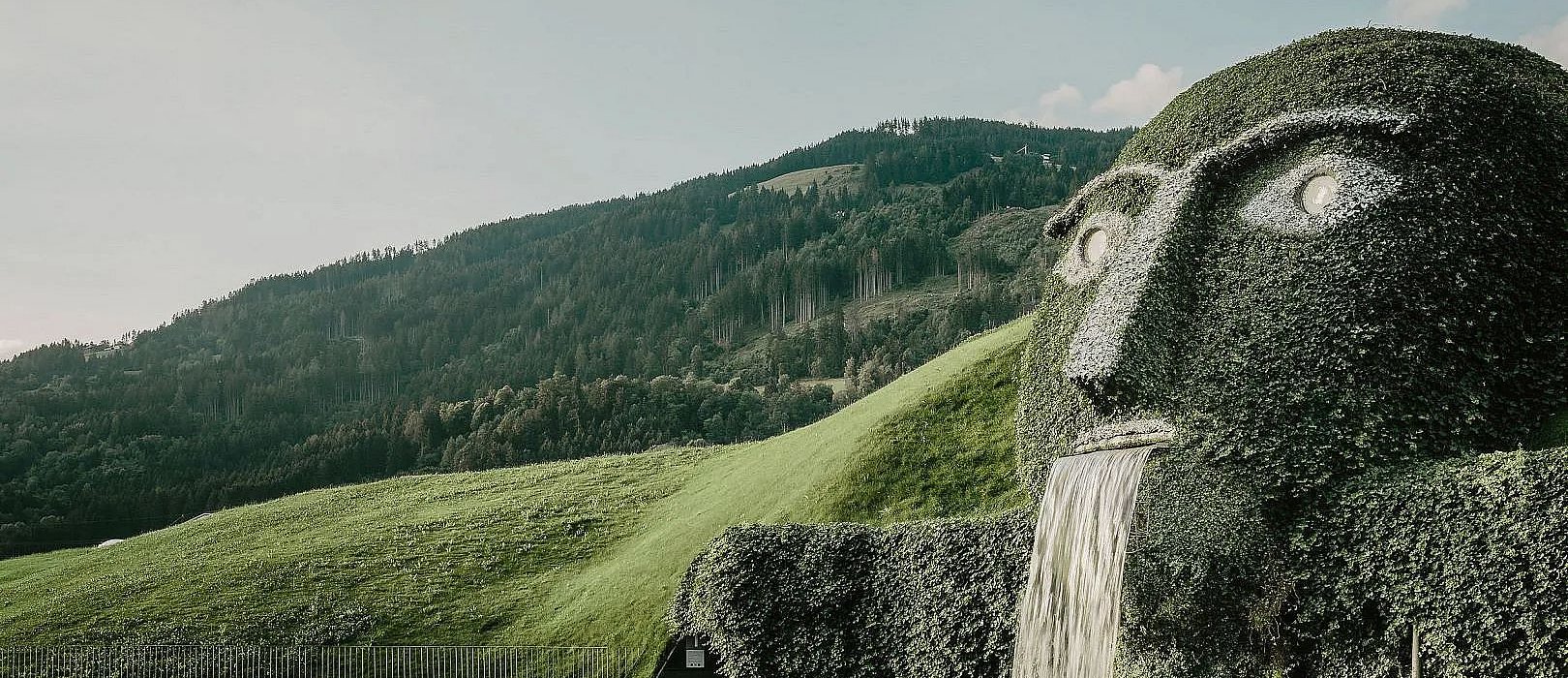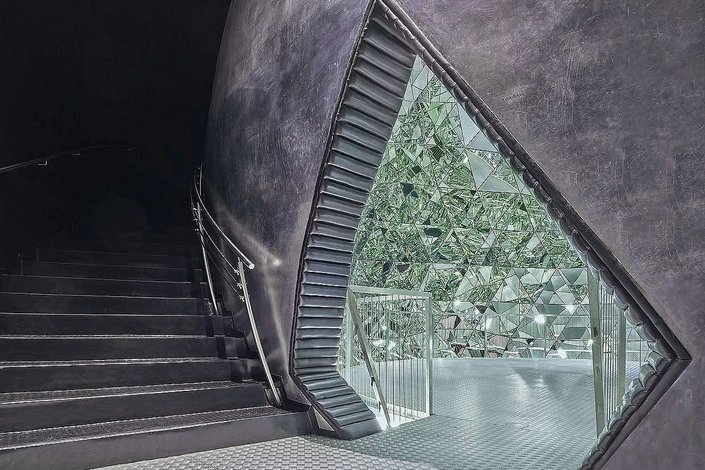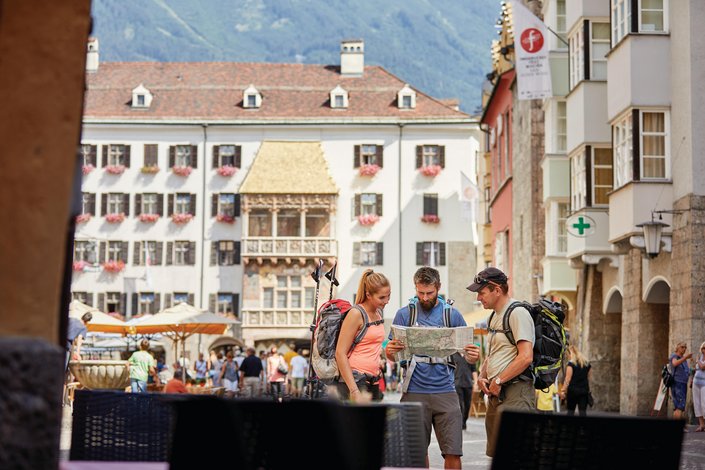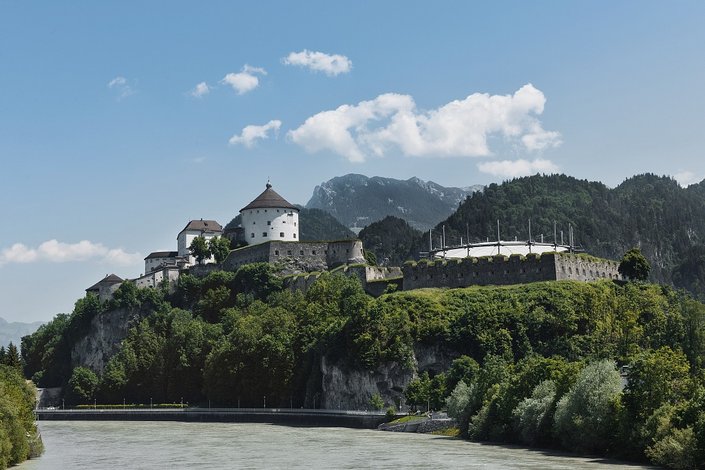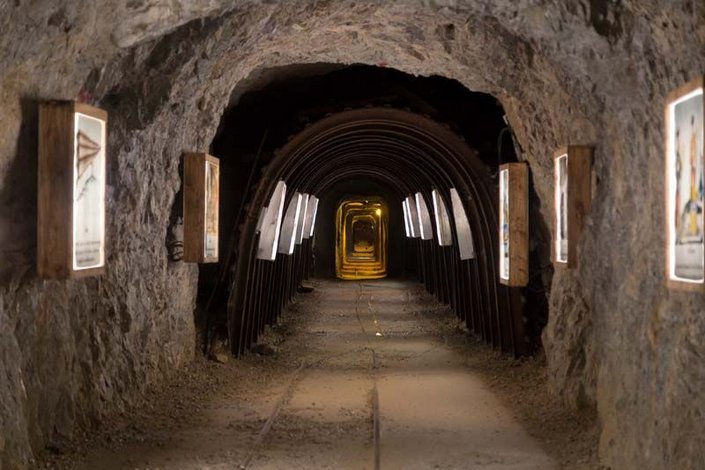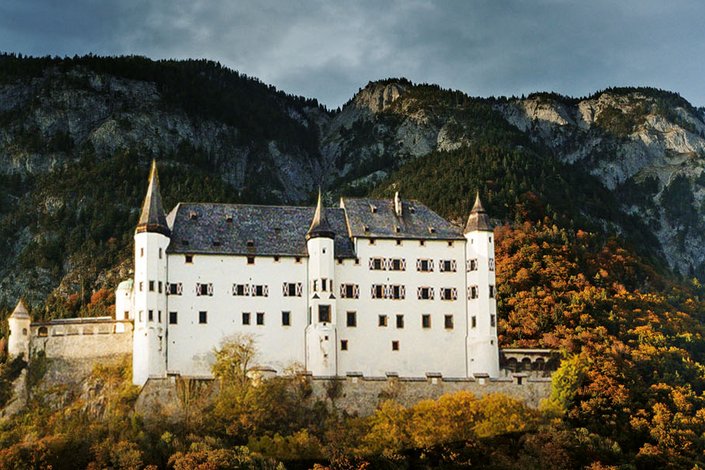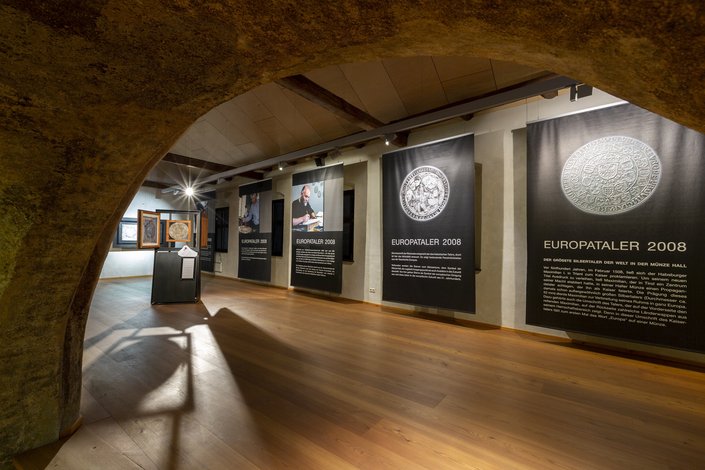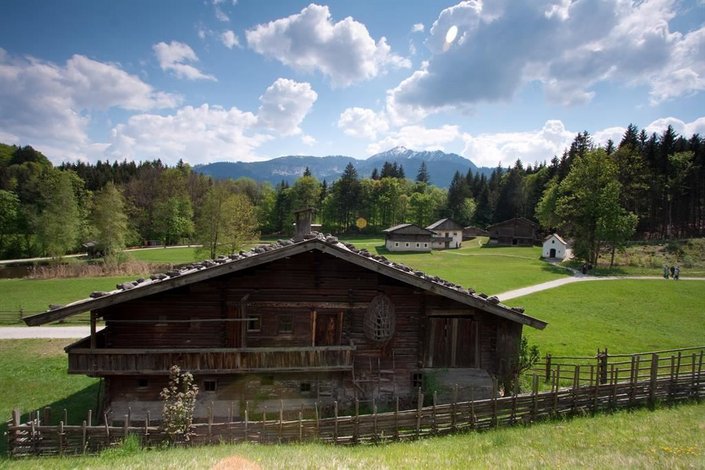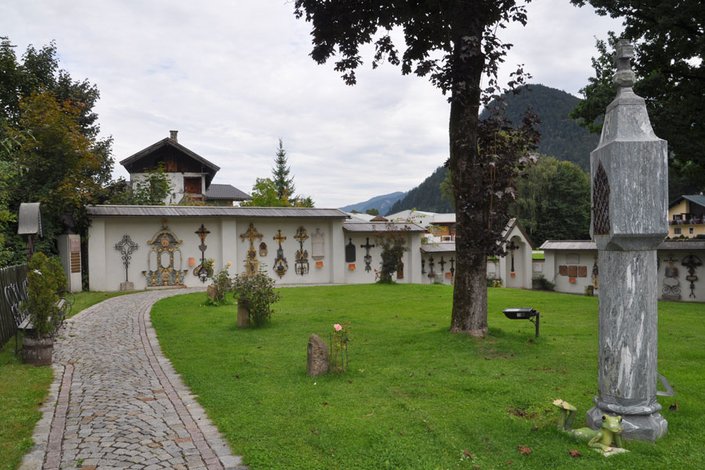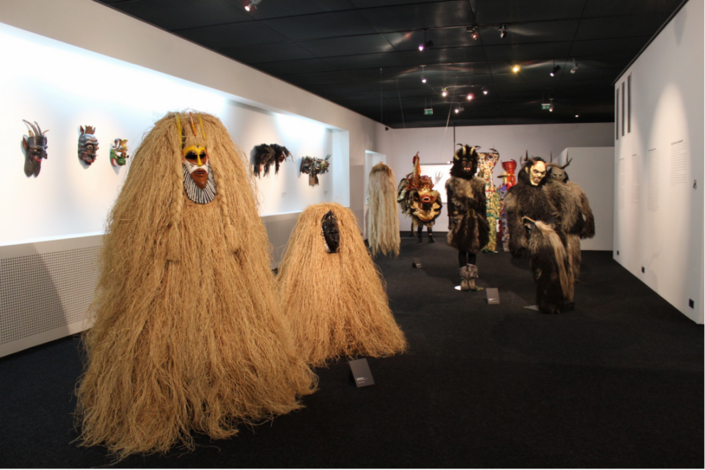Culture & Museums
That Tyrol has much more to offer beyond alpine romance and summit experiences is proven by its rich cultural heritage and countless sights. Some of them should definitely be included in a trip to Tyrol. Of course, the mountains and the alpine natural landscapes are Tyrol's greatest asset, its silverware, so to speak. But what would the country be without its history, without its cultural and architectural treasures? If you want to immerse yourself in Tyrol's history, the 800-year-old Kufstein Fortress, for example, should arouse your curiosity. Or the silver mine in Schwaz. Or perhaps a family excursion to the Swarovski Crystal Worlds with their sparkling chambers of wonder is just the thing.
Swarowski Kristallwelten | Wattens
For its 100th anniversary in 1995, Swarovski had multimedia artist André Heller create the Crystal Worlds in Wattens, which have since become internationally famous. Since then, it has been impossible to imagine the Inn Valley without this extraordinary place of fantasy, art and playfulness. Around the mighty giant guarding the entrance to the Crystal Worlds stretches a 7.5-hectare garden landscape with numerous attractions. One of the highlights in the garden is the "Carousel" by award-winning artist and designer Jaime Hayon.
Goldenes Dachl | Innsbruck
The Goldenes Dachl in the old town is the landmark of the Tyrolean capital. The oriel and its roof decorated with 2,657 fire-gilded copper shingles were erected by Maximilian I. In the Goldenes Dachl Museum, visitors learn all about the history of this unique building and the age of Emperor Maximilian I. The latest technologies, such as sound installations and touch screens, convey impressions of late medieval Tyrol. Children can embark on an exciting journey through time with the court jester Kunz von der Rosen. Creative stations and historical garments arouse curiosity about the Middle Ages. And don't forget to take an imperial look at the old town from the magnificent dungeon!
Kufstein Fortress | Kufstein
As an unmistakable landmark, Kufstein Fortress towers over the Tyrolean district capital of Kufstein and bears witness to Kufstein's turbulent past as a border town between Tyrol and Bavaria. The fortress was first mentioned as early as 1205. Emperor Maximilian I conquered the castle in 1504 and had it expanded. Today, Kufstein Fortress is a popular venue for theater and concert events and is the impressive backdrop for the annual Kufstein Summer of Operetta. The modern panorama train takes visitors comfortably up the fortress mountain. A special feature is the Heldenorgel in the Bürgerturm: it is the largest outdoor organ in the world. It is played daily in memory of all the victims of war and as a reminder of peace in the world.
Silver mine Schwaz | Schwaz
The silver mine in Schwaz, today a pure visitor attraction, was the largest silver mine in the world in its heyday in the late Middle Ages. The mine train takes you on a journey back in time to this past. Almost 500 years ago, about 7,400 miners were employed daily in the Schwaz silver mine. The work was hard and dangerous. Today, however, visitors to the show mine have nothing to fear when they ride the mine train 800 meters deep into the mountain. There, they are guided through the old tunnels and learn exciting facts about the copper and the particularly sought-after pale ore that was mined here. The mine made the town of Schwaz the largest and richest mining town in the Middle Ages. Up to 85 percent of the silver traded worldwide came from the local mine.
Schloss Tratzberg | Jenbach
The imposing Schloss Tratzberg between Jenbach and Schwaz was first mentioned in the 13th century and originally served as a border fortress against Bavaria. After being rebuilt by the Fugger merchant family, it became the epitome of a 16th century Tyrolean castle. Today, the castle offers its visitors not only classic guided tours of the Habsburg Hall, the Gothic Fugger Room and the King's Room, but also three-dimensional time travel with virtual reality glasses in eight languages. Afterwards, visitors can be guided through the rooms by the former lords of the castle via audio play. For those who prefer a more tactile experience, knights' helmets and swords are available to touch and even try on.
Burg Hasegg - Museum Münze Hall | Hall
The museum of the Münze Hall fascinates its visitors with numerous details about the minting of coins and the powerful machines involved. The museum's highlight is the replica of the first minting machine, which was considered a technical sensation in the Middle Ages and minted around 4,000 coins a day. Today, the colossal roller minting machine with a length of eight meters inspires enthusiasm in exactly the same place where the machines were found in the 16th century. Using modern audio guides, Mintmaster Franz leads visitors through the museum, recounting the beginnings of the dollar, secrets of important coinage and powerful mint lords.
Museum Tiroler Bauernhöfe | Kramsach
Historic farmsteads, 37 in number, open their doors to the past: The Museum Tiroler Bauernhöfe in Kramsach brings its visitors closer to rural life in pre-industrial times. Blacksmith's shop, village school, inn, mill and lumberjack's hut - just like in a real village, the farms and other buildings are spread over hilly terrain, on a total area of 8.5 hectares. They are in original condition and come from all the valleys of Tyrol. The Museum of Tyrolean Farms wants to convey to its visitors how the rural population used to live and work. In seven houses, figures projected on the wall tell about their lives, a film shows the demolition and installation of a farm.
Museum Cemetery Kramsach | Kramsach
"Here lies in sweet repose, crushed by his cow, Franz Xaver Maier. From this you can see how strangely one can die": bizarre grave inscriptions in the Museum Cemetery Tyrol in Kramsach invite you to smile. In earlier centuries, the subject of death was not always treated with gentleness and reverence. Rather, people often tried to console themselves over a tragic loss with crude sayings. Hans Guggenberger, a blacksmith from Kramsach, has compiled a unique collection of epitaphs and mourning sayings in this "Funny Cemetery without the Dead", which testifies to how cleverly the vernacular sometimes rhymed mourning and humor together.
Museum der Völker | Schwaz
The Tyrolean Africa expert and photographer Gert Chesi has collected more than 1,000 exhibits on his travels to Asia and Africa and is showing them in the Museum der Völker in Schwaz. The cooperation with European museums and private collectors allow a great variety of treasures. Lectures and concerts round off the exhibition and invite visitors to take a trip around the world through the different cultures. In addition to the main exhibition, two rooms are available for special exhibitions. There you can temporarily marvel at ethnographic collections and modern non-European art.
